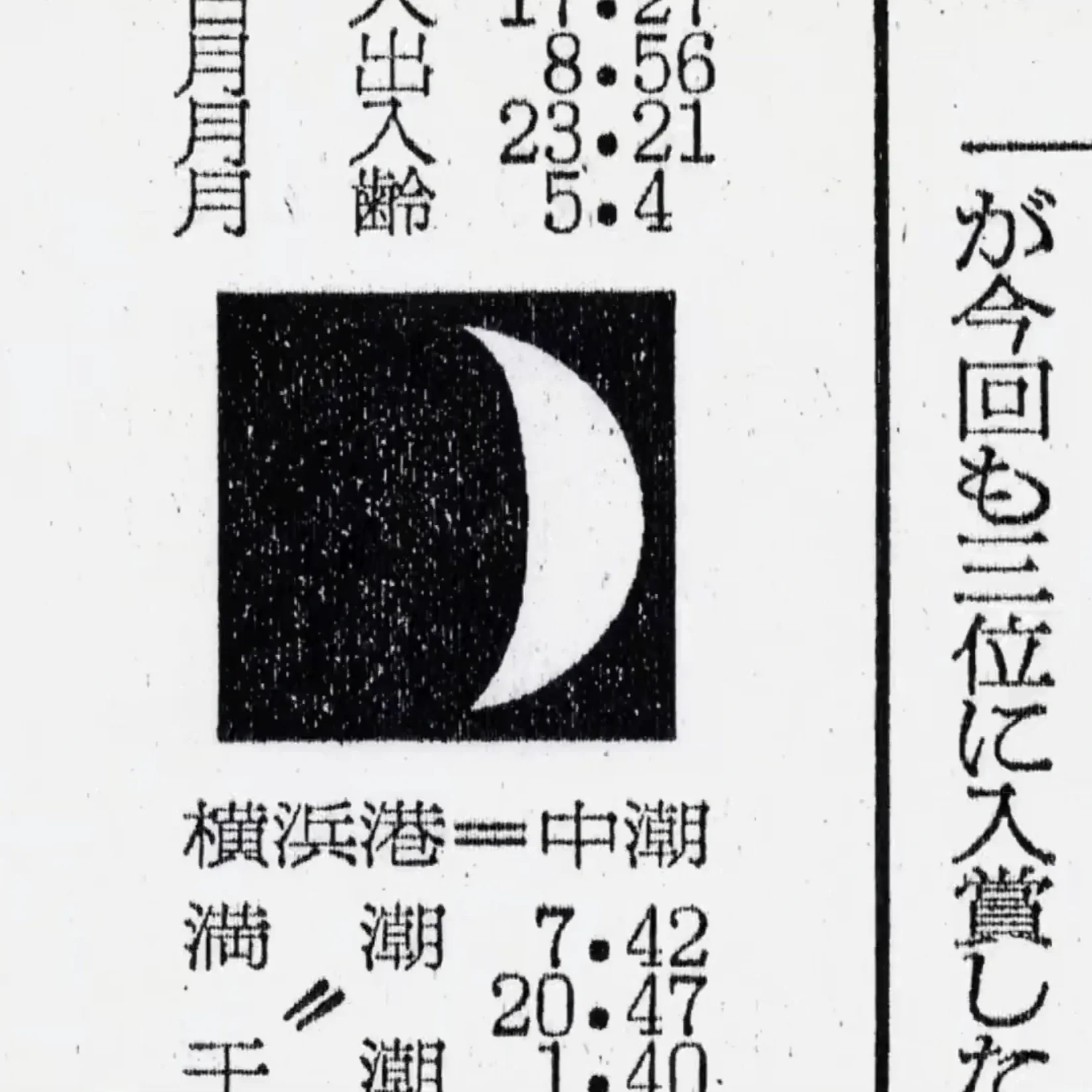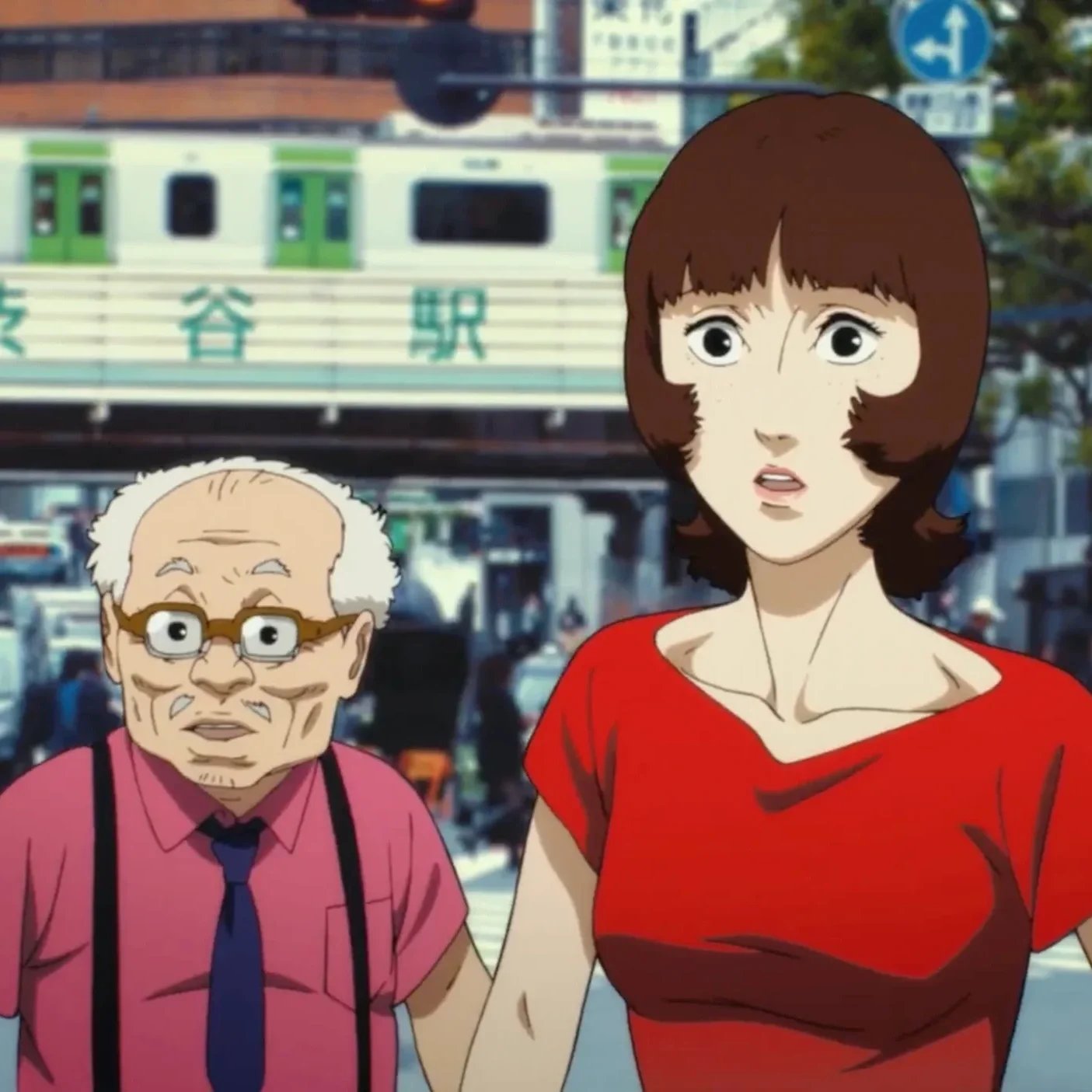Cool Japan - The Project That Transformed Japan Into a Cultural Powerhouse
Akihabara│© Dick Thomas Johnson
We live in a world where everything is connected, a world where cultural influence became as important as military or economic dominance. Upon entering the 2000s, Japan started to realize its bubble era had officially come to an end. Inspired by the UK’s Cool Britannia phase, the Japanese government decided it was time to place Japan on the cultural map and reshape global perceptions by highlighting its cultural exports like anime, manga, fashion, food, and tech.
This initiative saw the light of day as project Cool Japan. Officially launched in 2013, the strategy of Cool Japan was based on the influence of soft power, instilling a fondness for Japanese culture in Western culture with the goal of driving its economy, foster international relationships and boost Japan’s global prestige. How did this strategy emerge, and what has its impact been today?
Cool Japan is the result of the post-World War II challenges Japan has faced all these years. Right after the war, Japan found itself in an economic and identity crisis, leaving the country no choice but to redefine itself both domestically and internationally. Its aggressive imperial past and wartime actions had severely damaged its global standing. To make matters worse, Article 9 of its post-war constitution prohibited Japan from maintaining a traditional military force, forcing the country to rely on cultural diplomacy to assert its influence. Soft power—defined by political scientist Joseph Nye as the ability to shape the preferences of others through appeal and attraction—became Japan’s tool of choice in this pursuit. Thus, after years of rebuilding and economic growth, Cool Japan was born.
Soft Power and Japan’s National Branding
The Cool Japan initiative serves as a textbook example of soft power, where culture, ideology, and diplomacy influence international relations. Since the 1980s, long before Cool Japan turned into an official government run project, Japan had been spreading its influence around the global. As subcultures and neighborhoods like Ura-Harajuku thrived in Japan, its pop culture began to resonate globally through cultural exports such as anime and video games.
These media exports allowed Japan to project its desired image of innovation, creativity, and, most importantly, peace to the world. As the country sought to distance itself from its troubled passed, both traditional cultural offerings like tea ceremonies and ikebana, as the country’s blooming pop culture were finding roost with global audiences.
At the heart of the ultimate formation of the Cool Japan initiative was the global success of Oshin, a Japanese television drama that aired in the early 1980s. The show became popular in 68 countries, making Japan realize the potential of cultural exports as a means of nation branding. By the early 2000s, the government had recognized that popular culture—specifically youth-oriented subcultures like anime, manga, video games, and music—held enormous potential to capture international attention.
Oshin│© NHK
The Cool Japan Fund - Financing Global Influence
The official launch of the Cool Japan Project came in 2013, with the launch of the Cool Japan Fund, which saw an initial investment of ¥50 billion (about $500 million) over a span of 20 years. The fund has one clear mission: to promote and finance projects that expose Japanese culture abroad, with the long-term goals of increasing tourism, boosting foreign investment, and expanding the market reach for Japanese products.
Two of the key cultural products the project focused on were anime and manga, which already gained significant foothold outside of Japan thanks to productions like Katsuhiro Otomo’s cult classic Akira and Studio Ghibli’s productions. The government provided funding for anime studios, manga creators, and even cosplay events in foreign markets, boosting the visibility of uniquely Japanese art forms overseas.
But Cool Japan was not limited to media content. It also supported industries like fashion, cuisine, and tech. For example, traditional Japanese crafts were featured at Maison & Objet, one of the world’s largest interior design fairs, to highlight Japan’s sophisticated design and craftsmanship. Similarly, the fund supported WakuWaku Japan, a satellite television channel broadcasting Japanese programs to viewers across Asia.
Timeline of Key Developments in Cool Japan
1983
Japanese TV drama Oshin airs, becoming the first major cultural export that gained popularity outside Japan.
2002
Douglas McGray’s article in Foreign Policy, titled “Japan’s Gross National Cool,” brings attention to Japan’s emerging cultural influence despite economic stagnation. The phrase “Cool Japan” begins to gain traction.
2005
The Ministry of Foreign Affairs links the Cool Japan concept to Bhutan’s Gross National Happiness, positioning it as a way to enhance national well-being through cultural diplomacy.
2010
The Ministry of Economy, Trade, and Industry (METI) creates the Creative Industries Promotion Office, coordinating government efforts to promote Japanese culture.
2013
The Cool Japan Fund is officially launched with an initial ¥50 billion investment, aiming to boost Japan’s cultural appeal globally. The fund’s early projects include promoting Japanese pop culture, food, and fashion.
2014
Cool Japan Fund collaborates with Sky Perfect JSAT to create WakuWaku Japan, a satellite TV channel targeting Asian markets with Japanese content. However, the channel failed to gain traction and resulted in financial losses.
2016
The Cool Japan Fund partners with Isetan to open “The Japan Store” in Kuala Lumpur, Malaysia. The project fails and its forced to shut down after several years.
2019
The Cool Japan Fund invests $30 million in Sentai Holdings, an anime licensing company in North America, strengthening Japan’s influence in the global anime market.
Successes and Failures of Cool Japan
Today, Japan is reaching all-time highs of global popularity on several fronts. Japanese food has grown into a global phenomenon, with Japanese-inspired eateries on corners of every major city. Meanwhile, anime is shattering global popularity records, and tourism in Japan has surged to all-time highs.
However, the initiative has also been criticized for its shortcomings, one of the main criticisms being that the government lacks a clear strategy, partly due to the financial disasters of Waku Waku Japan and Isetan in Kuala Lumpur.
Critics have also pointed out that the initiative is getting disconnected from its target audience. In many cases, the projects funded by Cool Japan have not involved significant input from non-Japanese people—the very audience they are trying to reach. As Benjamin Boas, a scholar of Japanese pop culture, noted, many Cool Japan-branded efforts were conceived without foreign collaboration, leaving them out of touch with the needs and preferences of international consumers.
The initiative has even faced criticism from the creative industry, especially from musician Gackt, who accused the government of wasting taxpayer money on ineffective projects. If one thing, these critiques make clear that we’re dealing with a state-sponsored cultural promotion a world where trends and cultures are driven more by grassroots movements than top-down mandates.
Competing with the Korean Wave
Japan wasn’t the only South-East Asian country looking to give a boost to its cultural standing. Since the late 1990S, South Korea has been aggressively promoting its own cultural exports, known as the South Korea Hallyu Wave. Think K-pop and K-dramas, resulting in a global cultural wave that has overshadowed Japan’s own efforts for years.
Thanks to a detailed, coordinated government strategy and acute understanding of global markets, South Korea has managed to transform K-pop into a worldwide sensation. The result was billions of dollars in revenue, establishing South Korea’s status as a cultural powerhouse. In contrast, Cool Japan has struggled to maintain the same level of impact on a worldwide scale.
Japan's most famous international girl group Atarashii Gakko
The Future of Cool Japan
Despite its challenges, Cool Japan has already achieved countless milestones in promoting Japanese culture abroad. From global anime phenomena like Attack on Titan and dramas such as Shogun and Alice in Borderlands gaining a foothold in the West, to fashion strongholds like Uniqlo and Comme des Garçons, Japan has established itself as a cultural stronghold. While it may not be as narrowly focused or intense as the South Korean K-pop and K-drama wave, Japan has established a cultural presence that is all the more diverse.
Although its admired by millions of people around the world, for the initiative to remain effective in the future, it will need to continue evolving and finding new ways to capture the hearts and minds of global audiences. As the world becomes increasingly digital and globalized, the Cool Japan initiative must adapt to new realities to make a meaningful impact on cultural popularity.










From Japan to the world: The journey of Otaku culture.